Both liquid oxygen and oxygen are widely used in industrial and research fields. Understanding the differences between the two is essential for selecting the appropriate form of oxygen for specific needs. Liquid oxygen is the liquid form of oxygen, suitable for specific industries such as aerospace. Oxygen, on the other hand, is a gaseous form at normal temperature and pressure, and is crucial for sustaining life and various chemical reactions. A detailed comparison helps users make more informed choices.
Liquid oxygen is the form of oxygen that has been liquefied at extremely low temperatures, making it suitable for aerospace, industrial, and certain medical fields. Its low temperature characteristics provide a high expansion ratio and strong oxidizing power, but it requires special storage and transport conditions and is more expensive. Oxygen, in its gaseous state at normal temperature and pressure, is more commonly used and widely applied in medical, chemical, and metalworking industries. It is easier to store and transport and is more cost-effective.
What is Oxygen(atom)?
Oxygen is the second most abundant element in Earth’s atmosphere, making up about 21% of the air by volume. It plays a key role in biological respiration, combustion, and many other processes, with a broad range of applications in various fields. Understanding the basic properties of oxygen is fundamental to grasping the differences between liquid oxygen and gaseous oxygen.
Definition
Oxygen is a chemical element with an atomic number of 8, symbolized by O.
Atomic Characteristics
- Oxidizing Ability: Oxygen atoms have strong oxidizing properties. In many chemical reactions, it can react with other substances, such as in combustion, where oxygen reacts with fuel to release energy.
- Electronegativity: Oxygen has a high electronegativity, meaning it has a strong ability to attract electrons. When forming compounds with other elements, oxygen tends to attract electrons, giving it a negative charge.
Applications
- Biological Respiration: Oxygen is indispensable in the respiratory process of living organisms. During respiration, oxygen is inhaled into the body and participates in the cellular oxidation process to release energy.
- Industrial Production: In the chemical industry, oxygen participates in many reactions, such as in steelmaking and plastic production. In the steelmaking process, oxygen reacts with iron to remove impurities and improve the quality of steel.
What is Liquid Oxygen?
Liquid oxygen is the liquid form of oxygen, created by cooling gaseous oxygen below its boiling point. It has unique physical and chemical properties that make it important for certain applications.

Definition
Liquid oxygen is the liquefied form of oxygen that results from cooling oxygen to below its boiling point.
Production
Typically produced through air separation methods, where air is compressed and cooled to liquefy it. Oxygen is then separated using distillation and further cooled to the liquid state based on differences in boiling points between oxygen and nitrogen.
Physical Properties
Liquid oxygen is a pale blue transparent liquid with a boiling point of -183°C and a density of 1.14g/cm³. It has a high expansion ratio, where 1L of liquid oxygen can vaporize to approximately 800L of gaseous oxygen.
Applications
- Aerospace: Used as an oxidizer in rocket engines, often in combination with fuels like liquid hydrogen, to provide powerful thrust, playing a key role in the main engines of space shuttles.
- Industrial Production: In steel manufacturing, liquid oxygen is used to raise furnace temperatures, accelerate reactions, and improve the quality and efficiency of steel production.
- Medical Applications: Liquid oxygen can be used in special medical procedures requiring extremely low-temperature environments or for specific therapeutic treatments.
What is Oxygen?
Oxygen is the most common gaseous form of the oxygen element in nature, widely present and irreplaceable in various industrial and scientific research applications.
Definition
Oxygen is a diatomic molecule, consisting of two oxygen atoms bound by a covalent bond, with the molecular formula O₂.
Production
Primarily produced on a large scale through air separation techniques, though it can also be generated through water electrolysis.
Physical Properties
Oxygen is a colorless, odorless gas at normal temperature and pressure, chemically reactive, and can undergo oxidation reactions with many substances, especially under high-temperature conditions.
Applications
- Medical Support: Used for oxygen supply in hospital beds and to treat various hypoxic conditions, such as respiratory diseases and carbon monoxide poisoning. It is also used in specialized environments like diving and mountaineering for oxygen supply.
- Chemical Synthesis: Used as an oxidizing agent in the production of chemicals like sulfuric acid and nitric acid, facilitating reactions and improving production efficiency.
- Metalworking:Oxygen is mixed with combustible gases to form a high-temperature flame used for welding and cutting metals, rapidly melting the metal to achieve welding or cutting.
Main Differences Between Liquid Oxygen and Oxygen Gas
Liquid oxygen and oxygen gas differ significantly in several aspects, which determine their respective applications, advantages, and disadvantages.
Physical State
Liquid oxygen is in a liquid state at extremely low temperatures, whereas oxygen is in a gaseous state. The low-temperature characteristic of liquid oxygen makes it suitable for situations requiring ultra-low temperatures or as a strong oxidizing agent, such as in aerospace propulsion. Liquid oxygen can react violently with fuel to produce a large amount of energy, thus powering spacecraft. Oxygen, on the other hand, is more convenient for participating in various chemical reactions and biological processes at normal temperature and pressure.
Storage and Transport
Liquid oxygen must be stored in special low-temperature insulated containers, such as Dewar flasks or large liquid oxygen tanks, to prevent rapid vaporization. During transportation, strict insulation measures must be taken, and specialized equipment is used. Oxygen can be stored and transported more conveniently in high-pressure gas cylinders, making it more flexible and easier to handle.
Cost
The production and storage of liquid oxygen require a significant amount of energy to maintain the low-temperature environment, and the investment and maintenance costs for the required equipment are relatively high. Therefore, the cost of liquid oxygen is higher. Oxygen, however, has relatively lower production and storage costs, especially for low-purity and small-scale oxygen use, where its cost advantages are more pronounced.
Safety
Liquid oxygen’s low temperature can cause severe frostbite, and when it vaporizes, it rapidly produces a large volume of gas, which may lead to dangerously high local oxygen concentrations, posing a risk of fire or explosion. Although oxygen itself is non-combustible, it is an oxidizer, and in high-concentration environments, it can contribute to fires or explosions. Therefore, safety precautions must be taken when using and storing oxygen, keeping it away from ignition sources and flammable materials.
Methods of Obtaining Oxygen and Liquid Oxygen
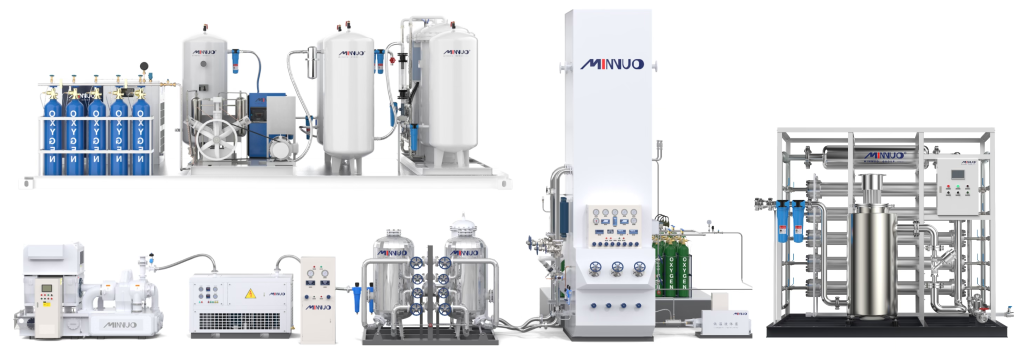
Methods of Obtaining Oxygen
Pressure Swing Adsorption (PSA)
This method utilizes the differences in the adsorption abilities of solid adsorbents for gases. At a certain pressure, impurity gases are adsorbed, allowing oxygen to pass through the adsorption bed. Impurities are desorbed through pressure reduction, enriching the oxygen. This can be done in a dual-bed or multi-bed system that alternates and cycles for continuous production.
Cryogenic Method
Air is compressed and cooled to liquefy it. By utilizing the different boiling points of liquid nitrogen and liquid oxygen, the separation is achieved in a distillation column where nitrogen vaporizes first, leaving liquid oxygen at the bottom.
Membrane Separation
This method separates gases based on the different permeation rates of gases through a polymer membrane. Smaller molecules (like oxygen) permeate faster than larger molecules under a pressure differential. This process uses hollow fiber membrane modules to enrich oxygen.
Methods of Obtaining Liquid Oxygen
Cryogenic Method for Liquid Oxygen
Similar to the cryogenic oxygen production process, air is first deeply cooled and liquefied. In the distillation process, liquid oxygen is separated. Further cooling and compression of oxygen occurs, and below the critical temperature, it is pressurized to liquefy, storing it in a low-temperature insulated container.
Oxygen First, Then Liquefaction
In this method, oxygen gas is first obtained using PSA or membrane separation methods, then compressed and cooled to a liquid state using specialized equipment. This process requires an efficient refrigeration system and pressurized liquefaction devices.
Advantages and Disadvantages of Liquid Oxygen and Oxygen Gas
Advantages
Liquid Oxygen
Has strong oxidative properties and can serve as an efficient oxidizer, providing powerful thrust for rockets and other applications. Its low-temperature characteristics make it suitable for special processes such as superconducting research and low-temperature treatment of certain materials.
Oxygen
Essential for sustaining life, it plays an irreplaceable role in medical emergencies and is widely used in industries such as chemical manufacturing and metalworking. As a common oxidizer, it promotes chemical reactions and enhances processing efficiency.
Disadvantages
Liquid Oxygen
Storage and transportation conditions are demanding, making it costly, with risks of cryogenic burns and safety hazards.
Oxygen
It cannot replace liquid oxygen in applications requiring extremely low temperatures or high energy density, and improper handling or storage can lead to fire hazards and other safety accidents.
Conclusion
Liquid oxygen and oxygen gas each have their distinct characteristics and advantages, playing vital roles in various fields. Choosing between liquid oxygen and oxygen gas based on specific needs and application scenarios is crucial to ensuring smooth operations in production, research, and daily life.
At MINNUO, with over 30 years of experience, we have become a leader in the gas solution field, committed to providing high-quality oxygen generation equipment and professional services. We look forward to your inquiries!
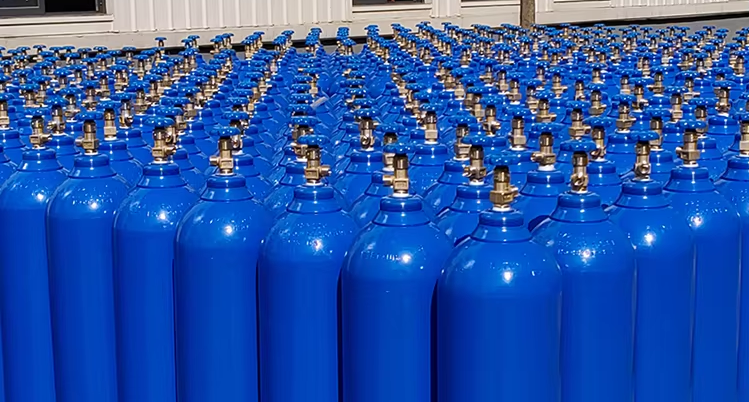
FAQ
How do you convert liquid oxygen into oxygen gas?
Simply place liquid oxygen in a normal temperature and pressure environment, and it will naturally absorb heat and vaporize into gaseous oxygen. In industrial and laboratory settings, the vaporization process can be accelerated by controlling the heating to meet different oxygen demands.
Is the oxygen in a typical oxygen cylinder liquid or gaseous?
The oxygen in a typical oxygen cylinder is in a gaseous state. It is pressurized and filled into the cylinder through a compressor for storage and transportation. When used, the oxygen flow rate and pressure can be adjusted as needed. (Liquid oxygen requires special oxygen cylinders.)
What is the difference between oxygen and oxygen gas?
Oxygen is a chemical element represented by the symbol O, while oxygen gas refers to a molecule composed of two oxygen atoms, with the molecular formula O₂, which is one of the most common forms of oxygen.

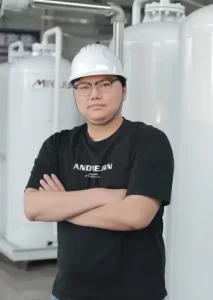
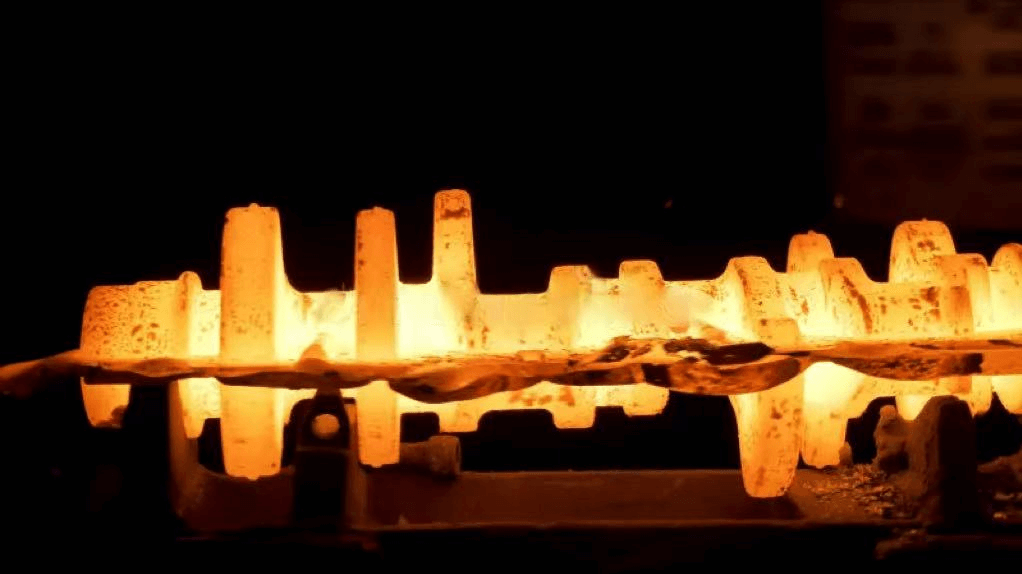
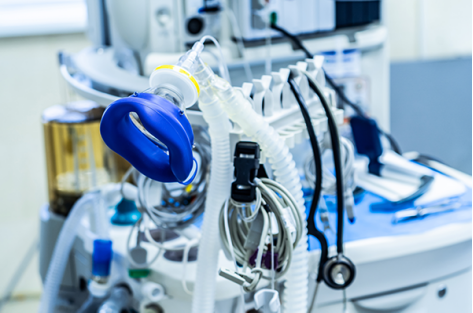
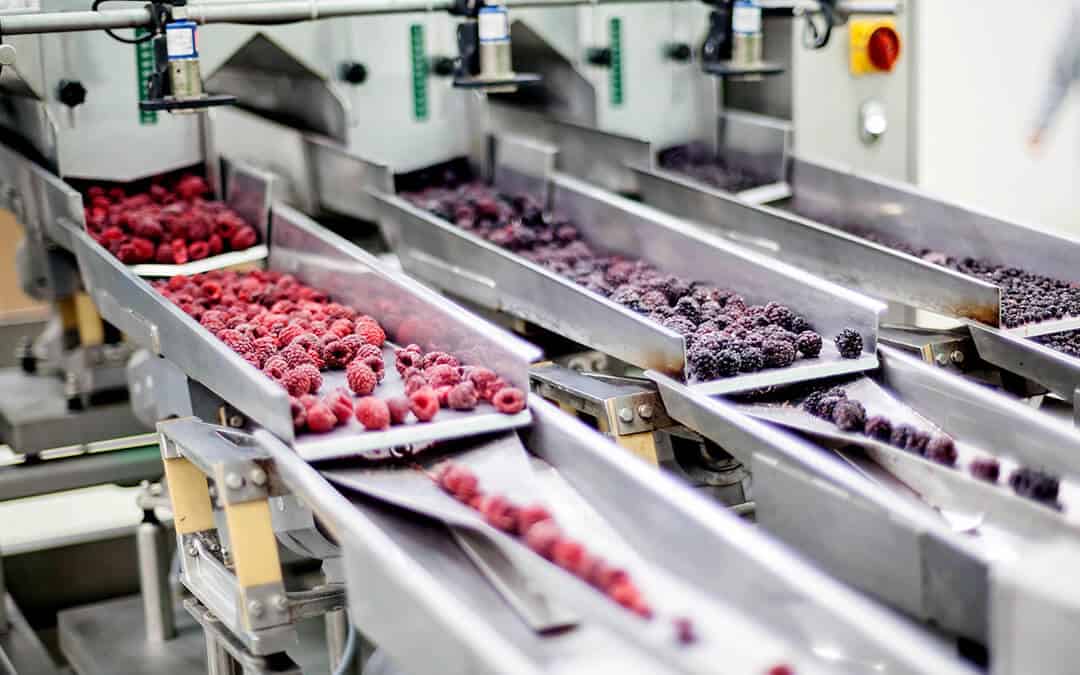

 sales2:+86 17506119168
sales2:+86 17506119168

